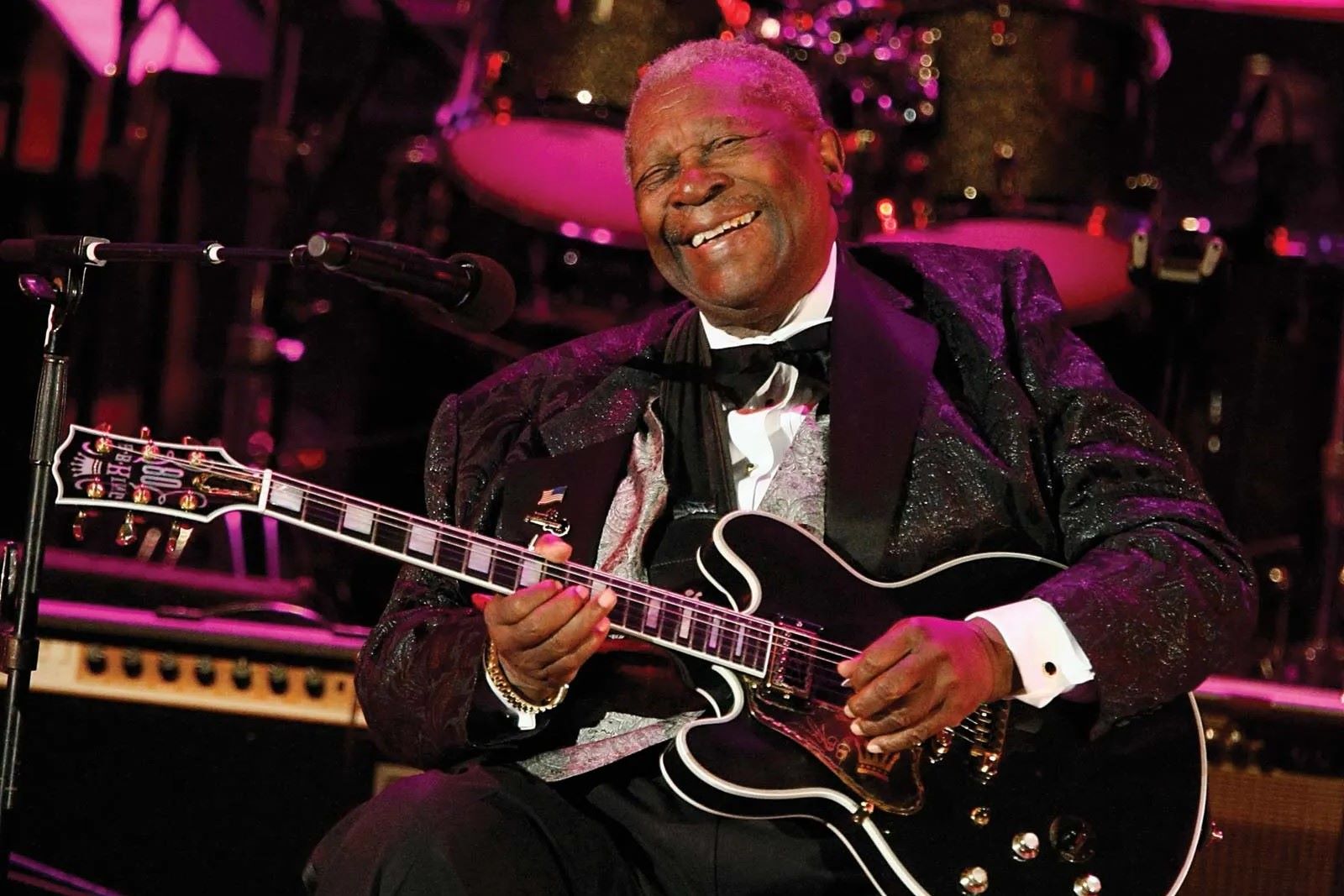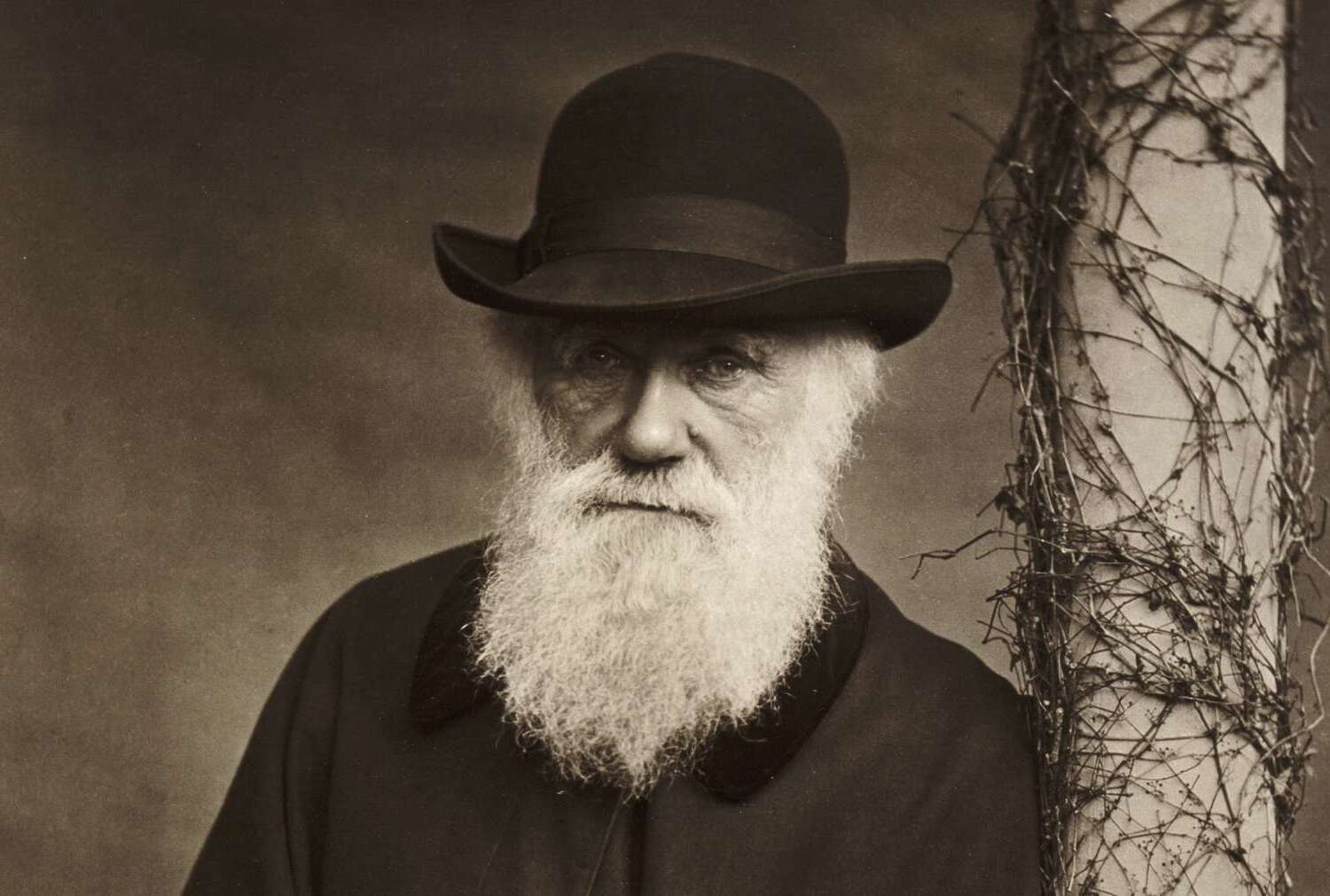
Blind blues musicians have left an indelible mark on the world of music, proving that talent and passion can transcend physical limitations. These artists have not only overcome their challenges but have also created some of the most soulful, heartfelt music ever heard. From the legendary Ray Charles to the iconic Stevie Wonder, their stories are as inspiring as their songs. Did you know that many of these musicians developed their unique styles precisely because of their blindness? Their ability to "see" music in a different way has given us timeless classics and unforgettable performances. Let's dive into 35 fascinating facts about these incredible artists, their lives, and their contributions to the blues genre.
Key Takeaways:
- The legacy of blind blues musicians is one of resilience and talent, inspiring countless artists across genres and leaving a lasting cultural impact.
- Despite their blindness, these musicians overcame significant challenges, showcasing incredible talent and creativity, and their music continues to influence contemporary music.
The Legacy of Blind Blues Musicians
Blind blues musicians have left an indelible mark on the music world. Their stories of resilience and talent continue to inspire. Let's dive into some fascinating facts about these legendary artists.
-
Blind Lemon Jefferson, born in 1893, is often called the "Father of the Texas Blues." His unique guitar style influenced many future blues musicians.
-
Jefferson's song "Matchbox Blues" became a blues standard, later covered by artists like Carl Perkins and The Beatles.
-
Blind Willie Johnson, another iconic figure, was known for his powerful gospel blues. His song "Dark Was the Night, Cold Was the Ground" was included on the Voyager Golden Record sent into space.
-
Johnson's music often featured slide guitar, played with a knife or bottleneck, creating a haunting sound.
-
Blind Blake, a master of ragtime guitar, recorded over 80 tracks in the 1920s and 1930s. His fingerpicking technique remains influential.
-
Blake's song "Diddie Wa Diddie" showcases his intricate guitar work and playful lyrics.
Overcoming Adversity
Despite their blindness, these musicians overcame significant challenges to share their music with the world.
-
Blind Boy Fuller, born in 1907, lost his sight in his early twenties but went on to record over 120 songs.
-
Fuller's song "Truckin' My Blues Away" became a hit, capturing the essence of the Piedmont blues style.
-
Reverend Gary Davis, another blind bluesman, was known for his complex fingerstyle guitar playing and powerful vocals.
-
Davis taught many future musicians, including Bob Dylan and the Grateful Dead's Jerry Garcia.
-
Blind Willie McTell, born in 1898, was a skilled twelve-string guitarist and singer. His song "Statesboro Blues" became a blues standard.
-
McTell's music blended various styles, including ragtime, gospel, and country blues.
Influence on Modern Music
The impact of blind blues musicians extends far beyond their era, influencing countless artists across genres.
-
Ray Charles, though primarily known for his contributions to soul and R&B, was heavily influenced by the blues.
-
Charles' song "What'd I Say" showcases his ability to blend blues with other genres, creating a timeless sound.
-
Stevie Wonder, another legendary blind musician, often incorporated blues elements into his music.
-
Wonder's song "Superstition" features a funky blues riff that remains iconic.
-
Jeff Healey, a blind blues-rock guitarist, gained fame in the 1980s with his band, The Jeff Healey Band.
-
Healey's unique playing style involved laying the guitar flat on his lap, allowing for incredible dexterity.
Unique Playing Styles
Blind blues musicians often developed distinctive playing techniques to compensate for their lack of sight.
-
Blind Lemon Jefferson's use of open tunings allowed him to create complex chord structures and melodies.
-
Blind Willie Johnson's slide guitar technique, using a knife or bottleneck, produced a raw, emotional sound.
-
Blind Blake's fingerpicking style involved alternating bass lines and intricate melodies, creating a full, rich sound.
-
Reverend Gary Davis' fingerstyle playing combined blues, ragtime, and gospel, making his music uniquely complex.
-
Blind Boy Fuller's use of a National steel guitar gave his music a distinctive, resonant tone.
Cultural Impact
These musicians not only shaped the blues genre but also left a lasting cultural impact.
-
Blind Lemon Jefferson's music was among the first to be recorded and distributed widely, helping to popularize the blues.
-
Blind Willie Johnson's gospel blues influenced both religious and secular music.
-
Blind Blake's recordings helped preserve the ragtime guitar style for future generations.
-
Blind Boy Fuller's music captured the struggles and joys of everyday life, resonating with many listeners.
-
Reverend Gary Davis' teachings and performances inspired countless musicians, ensuring his legacy lived on.
Personal Triumphs
Their personal stories of triumph over adversity are as inspiring as their music.
-
Blind Lemon Jefferson's success as a musician allowed him to support his family and gain financial independence.
-
Blind Willie Johnson's faith and music provided him with a sense of purpose and fulfillment.
-
Blind Blake's recordings brought him fame and recognition, despite his disability.
-
Blind Boy Fuller's determination to continue playing music after losing his sight is a testament to his resilience.
-
Reverend Gary Davis' ability to teach and inspire others, despite his blindness, showcases his incredible talent and generosity.
-
Blind Willie McTell's ability to blend various musical styles into his own unique sound demonstrates his creativity and versatility.
-
Jeff Healey's success as a blind musician in the modern era highlights the enduring influence of blind blues musicians on contemporary music.
The Final Note
Blind blues musicians have left an indelible mark on the music world. Their stories of resilience, talent, and passion continue to inspire. From legends like Ray Charles and Stevie Wonder to lesser-known but equally talented artists, their contributions are invaluable. These musicians overcame significant obstacles, proving that physical limitations can't stifle creativity or spirit.
Their music not only entertains but also educates, offering a glimpse into their unique experiences. The blues, with its deep emotional roots, becomes even more profound through their voices. As we celebrate their achievements, let's remember the power of determination and the beauty of diversity in music.
So next time you listen to a blues track, think about the incredible journey behind those notes. These artists remind us that true talent knows no bounds. Keep their legacy alive by sharing their stories and music with others.
Frequently Asked Questions
Was this page helpful?
Our commitment to delivering trustworthy and engaging content is at the heart of what we do. Each fact on our site is contributed by real users like you, bringing a wealth of diverse insights and information. To ensure the highest standards of accuracy and reliability, our dedicated editors meticulously review each submission. This process guarantees that the facts we share are not only fascinating but also credible. Trust in our commitment to quality and authenticity as you explore and learn with us.


